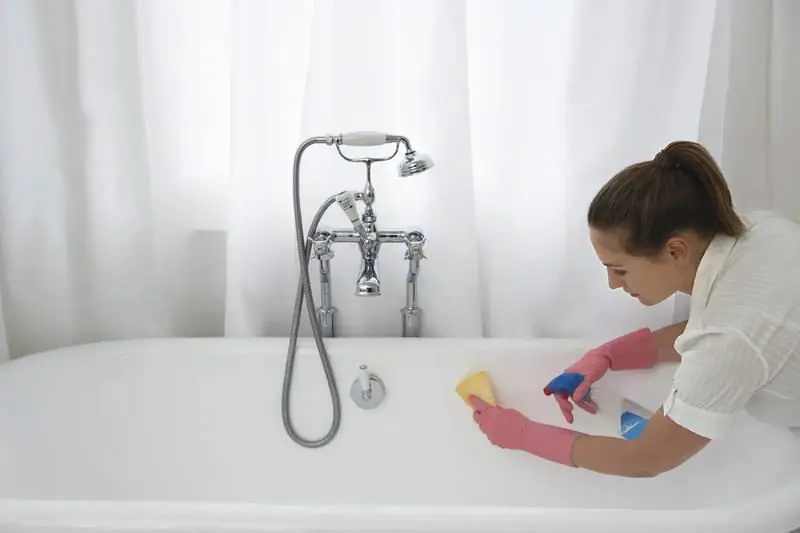
Table of contents:
- A clean, snow-white bath in your home: how to achieve it yourself
- Procedure for cleaning and bleaching cast iron and steel baths
- How to remove specific contaminants: rust, limescale, paint and others
- Features of acrylic bath whitening
- Safety precautions when working on whitening baths
- The experience of housewives in whitening baths
- Video: whitening a bath at home
- Author Bailey Albertson [email protected].
- Public 2024-01-17 22:26.
- Last modified 2025-06-01 07:32.
A clean, snow-white bath in your home: how to achieve it yourself

A bath is an integral part of a modern apartment. And every housewife knows how important it is to keep her clean for the health and hygiene of the family. It is no secret that the overwhelming majority of plumbing fixtures, including baths, are produced in white. When used, the surface turns yellow from plaque, and after a while it may completely become covered with cracks, chips and rust. How to properly remove various contaminants from the bath and prevent them from appearing in the future?
Content
-
1 Procedure for cleaning and bleaching cast iron and steel baths
- 1.1 Thoroughly cleanse from fat and stubborn dirt: folk and home remedies
- 1.2 Table: popular chemical bath cleaners
-
1.3 Photo Gallery: Bath Chemicals
1.3.1 Video: we clean the bath to a snow-white shine
-
2 How to remove specific contamination: rust, limescale, paint and others
-
2.1 Removing rust from the bathroom
- 2.1.1 Table: Popular and Effective Commercial Rust Control Products
- 2.1.2 Video: the effectiveness of commercial anti-rust products
-
2.2 How to remove paint from bath surfaces
2.2.1 Video: Removing paint from a bath surface
- 2.3 Is it worth using drastic ways to eliminate yellowness?
-
- 3 Features of acrylic bath whitening
- 4 Safety precautions when working on whitening baths
- 5 The experience of housewives in whitening baths
- 6 Video: whitening a bath at home
Procedure for cleaning and bleaching cast iron and steel baths
To achieve the desired result, it is not enough to arm yourself with detergents, gloves and a rag. The process of cleaning and whitening baths has its own rules that must be followed in a specific sequence and taking into account what substances are used.
We thoroughly cleanse from fat and stubborn dirt: folk and home remedies
If you prefer folk remedies to household chemicals, use them. Their plus is that they are cheap, always at hand and help just as effectively. But you need to use them correctly:
-
Baking soda cleans well white enamel coatings. The surface must be damp before cleaning. Sprinkle the soiled areas with baking soda, rub thoroughly with a sponge. Let it sit for at least 40 minutes and rinse with a stream of water. If the dirt seems too strong for you, prepare a slurry of soda and water and apply it for 1-2 hours, then clean and rinse the bath.

Baking soda Regular baking soda has long been known for its cleaning properties.
-
Table vinegar is used for cast iron baths. Liberally moisten a napkin or rag with it, put it on the dirty place. After an hour, rinse these areas well with running water.

Table vinegar Table vinegar also applies to many stains.
-
Chlorine-containing bleach removes stubborn stains - its action is much more effective and helps to whiten the surface. Rinse the tub a little, then wipe it down with a cloth or a sponge soaked in bleach. Rub heavily soiled areas with particular care. Then let the product stand for 10-15 minutes and rinse the bath.

Chlorine bleach Chlorine bleaches simultaneously remove dirt and yellowness
-
Pour 40 g of turpentine into 100 g of table salt, mix. Lubricate areas with dirt and rub with a sponge. On cast iron baths, this method is especially effective; for enamel, it must be used with care to avoid scratches. In this case, the salt should be fine.

Turpentine Turpentine with salt is especially effective for cast iron baths
-
Carbonated sugary drinks contain phosphoric acid, which cleans surfaces well. Gas bubbles play an important role here, which enhance the effect of the active substance. To remove dirt and deposits from the bottom of the tub, pour a couple of bottles of soda into it and let it sit for 1-2 hours, then drain and rinse the surface with warm water.

Carbonated drinks Soda can be useful for cleaning plumbing too.
-
Regular laundry detergent, even a cheap one, does a good job of cleaning steel, cast iron and enamel products. Moisten the bath well, sprinkle more powder on the dirt and rub it well with a sponge on the surface, leave for at least 20 minutes. Then rinse the tub with warm water.

Washing powder Even an inexpensive laundry detergent will do a good job cleaning the tub.
-
Citric acid works equally well on cast iron and enamel coatings. Put it on a sponge on the soft side, rub the dirt a little and let it stand for 20-30 minutes. Then you just have to wash off the acid with running water. The procedure will need to be repeated several times if the yellow plaque has not disappeared.

Lemon acid Citric acid is an effective and sustainable cleaning agent
If your bathtub has fairly strong, but not yet stubborn dirt, try my method. I use it when I don't have enough free time for a serious cleaning. On Friday evening (before Saturday cleaning) I fill the bath with hot water almost to the brim and pour in 2 bottles of vinegar essence. If there is no essence, I replace it with 200 grams of citric acid. Leave it overnight, closing the bathroom door. In the morning, first of all, I ventilate the room for half an hour, after which I rinse off the solution, rinse the bath, at the same time wiping it with the hard side of the sponge, and then wipe it dry with a towel.
And for housewives who prefer modern cleaning methods, we suggest trying several household chemicals that have proven their effectiveness.
Table: popular chemical bath products
| Name of funds | What surfaces is suitable for | Instructions for use | approximate price |
|
Frosch Bathroom and shower cleaner (Germany) |
Acrylic |
1. Turn tip to the left until the Spray symbol. 2. Spray the product onto the contaminated surface, let it act for a short time. 3. Remove dirt with a cloth or sponge and water. 4. If necessary, polish the surface with a dry cloth. |
300 rub for 500 ml |
| Cleaner for the bathroom universal SAFSU (Russia) | Acrylic, enamel |
1. Spray the product onto the surface. 2. Use a damp sponge or microfiber cloth for even distribution. 3. Leave it on for up to 3 minutes (for stubborn dirt up to 5-10 minutes). 4. Rinse off with water. Repeat the procedure if necessary. |
300 rub for 500 ml |
| Bathroom cleaner "Cinderella" (Russia) | Acrylic, enamel, cast iron |
1. Shake the bottle first. 2. Apply a small amount to a sponge or surface to be cleaned, clean, rinse with water. 3. To remove scale and other stubborn dirt, apply a small amount of the product to the dirty area, leave for 5-10 minutes and then rinse with water. |
70 rub for 500 ml |
| Cillit Bang Active bath and shower foam (UK) | Acrylic, steel, cast iron, enamel |
1. Shake well before and during use. 2. Holding the cap up, spray at a distance of 30-40 cm from the surface to be cleaned. 3. Wait 2 minutes for the foam to penetrate the dirt and soapy deposits (and up to 10 minutes for stubborn stains). 4. Rinse with water or wipe with a damp sponge for stubborn stains. |
300 rub for 592 ml |
| Universal cleaner CJ Lion "Clean House" (Japan) | Steel, cast iron, enamel |
1. Pour a small amount of powder into the bath. 2. Rub with a damp sponge or scrubbing net until the powder forms a copious lather. 3. Continue to foam the surface until clean, or leave for 10 minutes in case of stubborn dirt. 4. Rinse off any lather with water and dry the tub. |
180 rub for 350 g |
| Highly concentrated cleaner for the bathroom MEITAN HOME (Israel) | Acrylic, cast iron, steel |
1. Turn the nozzle on the spray trigger to the "ON" position. 2. Spray on the surface. 3. After 5-10 minutes, rub in and rinse with water. 4. For stubborn and stubborn dirt, lengthen the holding time. |
600 rub for 1 liter |
| Cleaner for the bathroom Astonish "Fresh Wind" (UK) | Cast iron, steel, enamel (no damage or cracks) |
1. Spray the product onto the surface and let it sit for 2 minutes. 2. Then wipe with a clean damp cloth or sponge. 3. If necessary, rinse with clean water. 4. For stubborn limescale, repeat the procedure if necessary. |
210 rub for 750 ml |
Photo Gallery: Bath Chemicals
-

CJ Lion "Clean House" - Universal cleaner CJ Lion "Clean House" recently appeared on our market, but has already earned good reviews
-

Frosch - Frosch Bath & Shower Cleaner gently and effectively cleans acrylic surfaces
-

SAFSU - SAFSU is ideal for acrylic and enamelled surfaces
-

Astonish "Fresh Wind" - Astonish "Fresh Wind" bathroom cleaner from the English manufacturer copes with stubborn deposits
-

"Silit Bang" - Popular among housewives, Cillit Bang effectively removes dirt
-

Means "Cinderella" - Cinderella bathroom cleaner suitable for all surfaces
-

"Maitan Home" - Israeli MEITAN HOME has a high concentration and is suitable for all surfaces
Video: we clean the bath to a snow-white shine
How to remove specific contaminants: rust, limescale, paint and others
Older cast iron and metal bathtubs often have more serious stains that are not easy to wash off with water and detergents. This can be rust from dampness and improper care, limescale from too hard water, or paint left over from repairs.
Removing rust from the bathroom
There are many ways to remove rust from enamelled and cast iron surfaces, but most are ineffective or too costly. Experience shows that the most successful method has proven itself using simple and affordable means:
- 100 g of ammonia;
-
50 g of hydrogen peroxide.

Ammonia and hydrogen peroxide A mixture of ammonia (10% ammonia) and hydrogen peroxide works well with rust stains
Getting started:
- Take a glass jar with a volume of 0.5 liters, rinse it thoroughly in running water. Dry with a towel or paper towel so that no moisture remains on the surface.
- Pour 100 g of ammonia into the jar and then in a thin stream - 50 g of hydrogen peroxide. Shake well to mix well.
- Put on rubber gloves. Wet a cloth or sponge in the prepared mixture and apply to surfaces damaged by rust, rubbing them well.
- Leave the composition for 10-15 minutes, then rinse it off with running water. Dry the bathtub.
An acrylic bathtub will need gentle products:
- Fill the bathroom with water and pour in 1.5 liters of apple cider vinegar (you can use a 7% citric acid solution).
- Mix and leave for 12 hours, then drain the solution.
- Rinse the tub well and rinse the surface with dishwashing liquid to help neutralize the acid.
If you prefer quick and easy ways to remove rust, use the special products available from the store.
Table: popular and effective commercial rust control products
| Name | Description | Instructions for use |
| Cif | Means in the form of a cream or gel. It removes dirt well without damaging the enamel. Not very effective against stains that are too old. |
Do not mix with bleach or other cleaning agents. Use the product only in well-ventilated areas. |
| "Sanox" | Eliminates plaque, yellowness, rust, unpleasant odors, organic deposits. Has an antibacterial effect. |
Not recommended for cleaning enamelled surfaces (except for coatings with acid-resistant enamels). |
| "Surzha" | An effective remedy for plaque and rust. Not recommended for frequent use as it contains strong acids. Not suitable for acrylic. |
|
| "Fenolux" | Copes well with dirt, deposits and rust. It begins to act immediately after application, so it does not need to be left on the surface for a long time. |
Rinse or replace the cloth regularly. Use a sponge or brush to remove stubborn dirt. |
| "Akrilan" | Special agent for acrylic products. Effective against rust and fungus. Prevents the formation of limescale. |
|
Video: the effectiveness of purchased anti-rust products
How to remove paint from bath surfaces
After repair work, traces of paint may remain on the surface of the bath. To remove them, you can use mechanical methods or special means:
- Pour just enough hot water into the bathtub to cover the paint stain and let it sit for 15-20 minutes. Then carefully remove the paint with a scraper. The paint lags very well from heated surfaces, so it will be easy to remove it.
- If the paint is fresh, you can remove it with White Spirit by applying it to a cloth and gently rubbing the stain. Acetone or other paint thinner will also help, but use it carefully.
These methods are not suitable for acrylic bathtubs, as they will severely damage its surface
Video: removing paint from the surface of the bath
Should I use drastic ways to eliminate yellowness?
If the bathtub is very old and the dirt has eaten into it very deeply, it is unlikely that you will be able to achieve the same cleanliness and whiteness. Of course, you can try radical methods. For example, carry out cleaning with oxalic acid or hydrochloric acid diluted in water in a ratio of 1: 2. But it takes a long time and is not always effective. In this case, it will be easier and more correct to make the restoration: cover the bathtub with special enamel, having previously cleaned it with a grinder, or use a special acrylic insert.
Features of acrylic bath whitening
Acrylic is a type of plastic. Such bathtubs are either models cast entirely from this plastic, or cast iron or steel products covered with acrylic. No matter how high-quality and reliable acrylic is, it also fades over time, loses color and needs to be cleaned with bleaching. An important nuance: for the care of acrylic, products containing abrasives, acids, alkalis and chlorine, acetone are categorically contraindicated. They lead to disruption of the surface layer and the appearance of microcracks:
- Use only mild, liquid or gel products. These can be dishwashing detergents or special substances for the care of acrylics. Apply them gently, only with the soft side of the sponge.
-
As a preventive measure, wash the acrylic bathtub with a mild detergent every time after use, and wipe dry with a clean cloth. Rust traces should be removed only with special creamy products.

Products for acrylic baths It is recommended to use special products for cleaning acrylic baths.
If limestone appears on the acrylic surface, it is recommended to remove it with a vinegar solution. This is done like this:
- So much water is poured into the bath so that the plaque is completely covered with it.
- Table vinegar 9% is added at the rate of 1 part to 10 parts of water.
- Leave this solution in the bath for at least 12 hours, then drain it and thoroughly rinse the surface.
Well, since one of the main causes of bathtub pollution is hard, untreated water, it is recommended to replace the water pipes with new ones and install additional filters.
Safety precautions when working on whitening baths
Many bath products are aggressive and even toxic. Their pungent smell can lead to poisoning, headaches and even loss of consciousness, and the active substances contained will harm the skin of the hands. Therefore, when working with them, a prerequisite is compliance with safety measures:
-
When using any means, regardless of the type of active substances in their composition, be sure to wear rubber gloves.

Girl wipes the bath Be sure to wear gloves to avoid injuring your hands
- Use a mask or respirator when working with acidic products. It does not hurt to put on glasses so that the mucous membrane of the eyes does not suffer if cleaning the bathroom takes too long.
- Try to work in a well-ventilated area and with the door open, even if you are not using caustic acid or alkali-based products.
The experience of housewives in whitening baths
Video: whitening a bath at home
As you can see, it is not difficult to whiten a bath, even with old dirt. Which means to use for this - folk or special - it's only your choice. The main thing is to do everything according to the rules and follow safety measures. What methods of whitening a bath do you know? Share your experience in the comments:).
Recommended:
How To Remove Yellow Spots From Underarm Sweat On Clothes (white And Other Colors), How To Remove Traces Of Deodorant + Photos And Videos
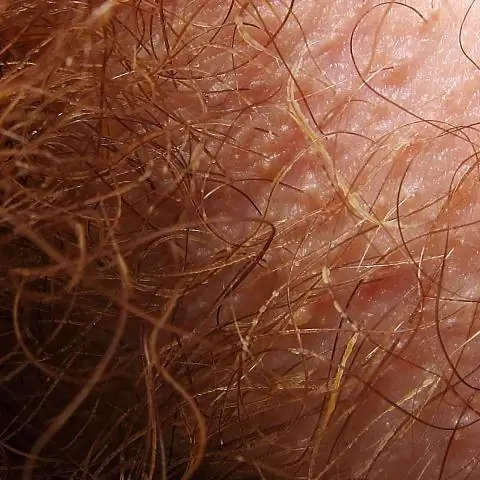
How to remove yellow sweat and deodorant marks from underarms. Different ways to help remove or remove underarm stains on clothes made from different fabrics
How To Bleach Linen At Home Using Soda, Hydrogen Peroxide, Aspirin And Other Means, Methods For White Clothes
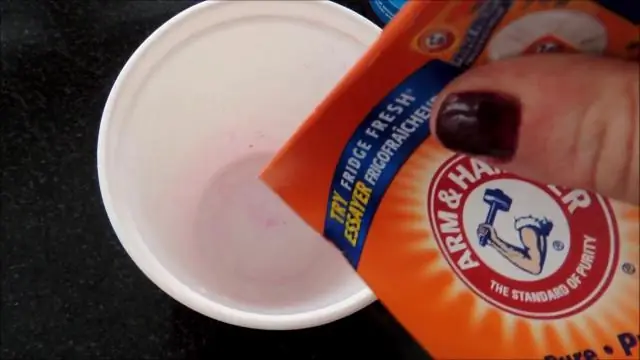
How to bleach linen at home: traditional and folk methods, machine in the machine and hand wash. Tips for bleaching fabrics
How To Clean A Carpet At Home With Soda And Vinegar: Reviews, Recipes For Solutions + Video
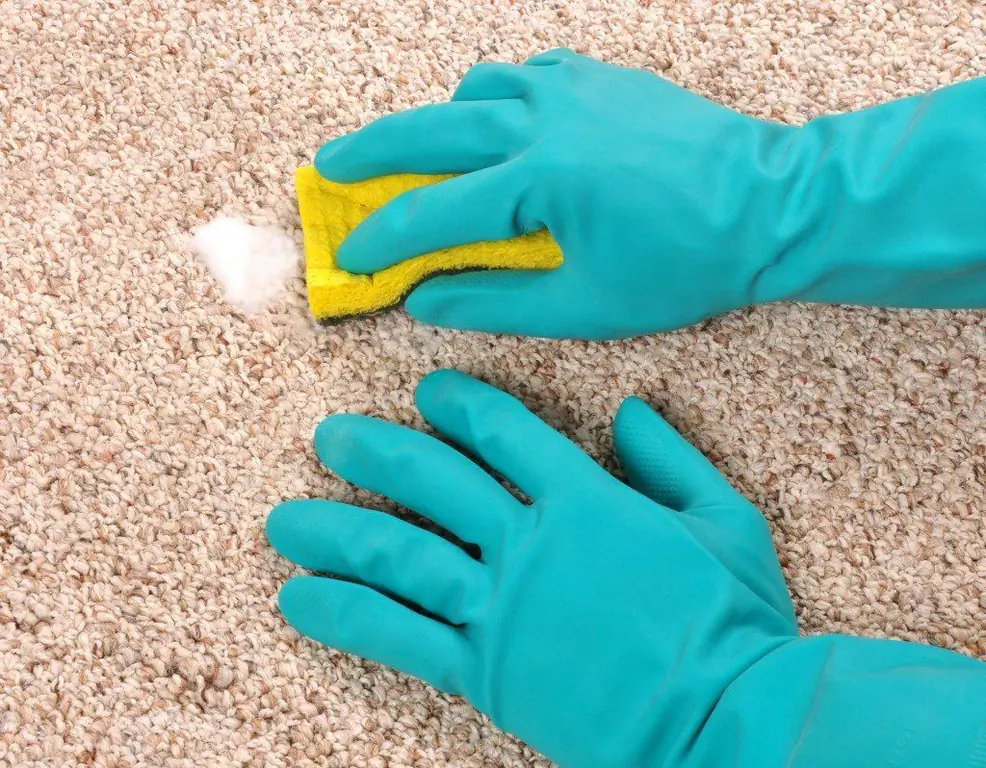
How to clean your carpet at home. Simple remedies: use baking soda and vinegar. Reviews of hostesses on how to return the cleanliness of the carpet
How To Wash Linoleum At Home So That It Shines, How To Deal With Stubborn Dirt And Other Recommendations
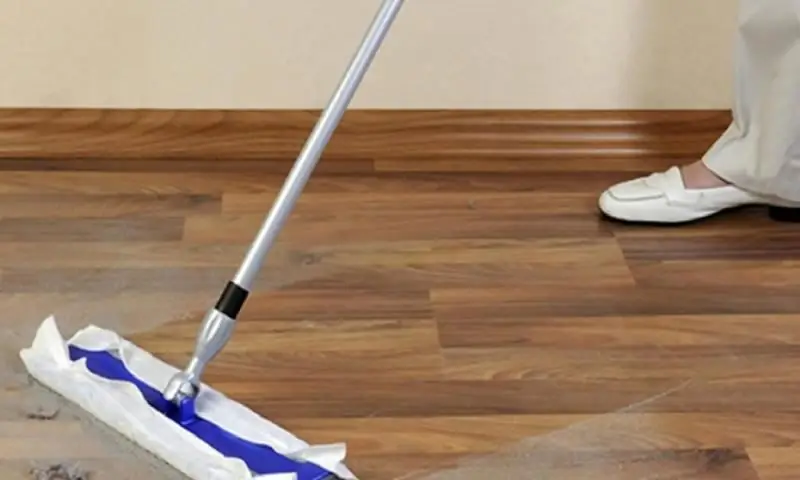
Features of linoleum, common dirt and damage. How to properly wash linoleum, ways to clean any dirt, prevention
Do-it-yourself Fabric Softener For Washing Machine And Hand Washing, Including Based On Vinegar, Soda, Borax And Other Means, Reviews

Benefits of a homemade laundry detergent. Popular recipes for conditioners. What can replace fabric softener. Reviews of home air conditioners
